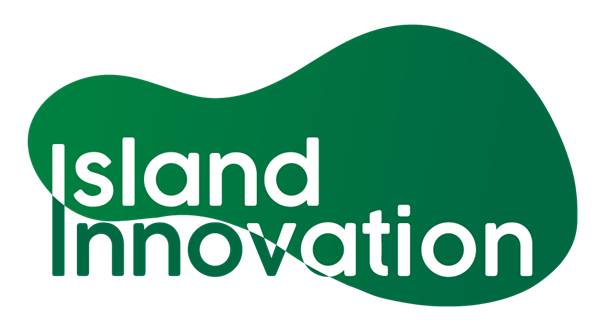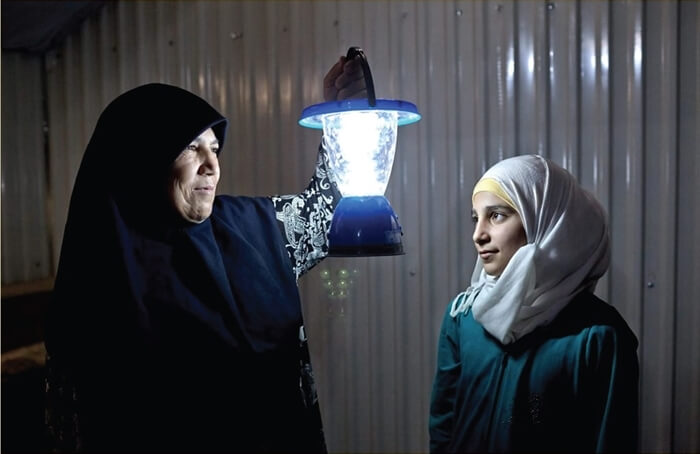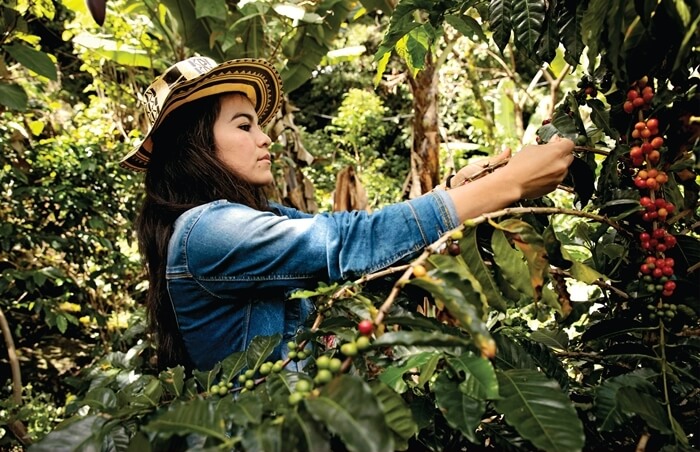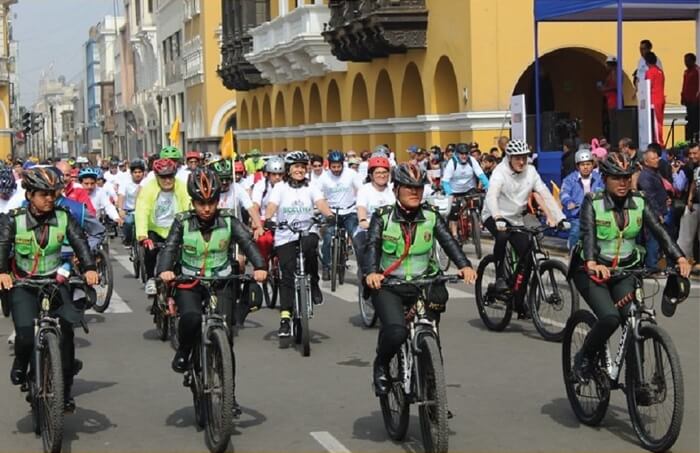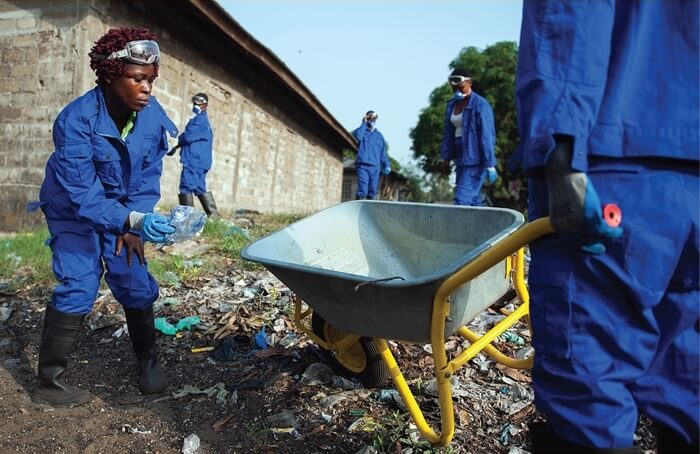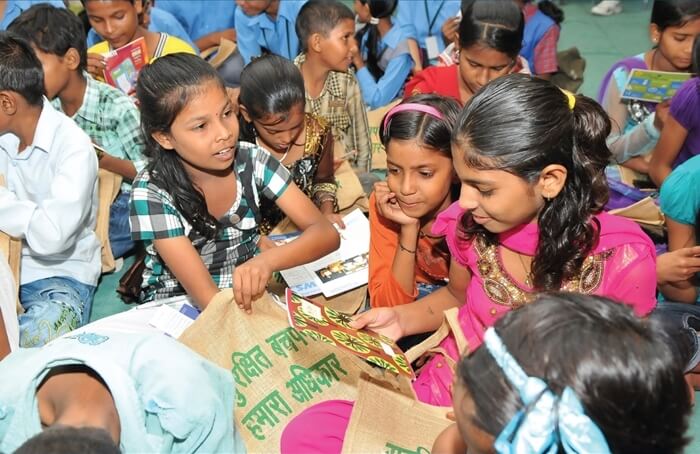What is SDG16?
The United Nations Sustainable Development Goal number 16 is about Peace, Justice, and Strong Institutions. According to the UN, it is “dedicated to the promotion of peaceful and inclusive societies for sustainable development, the provision of access to justice for all, and building effective, accountable institutions at all levels.” Although all SDGs are inextricably linked, the SDG16 has special importance as it focuses on how strong institutions foster resilience to deal with other challenges.
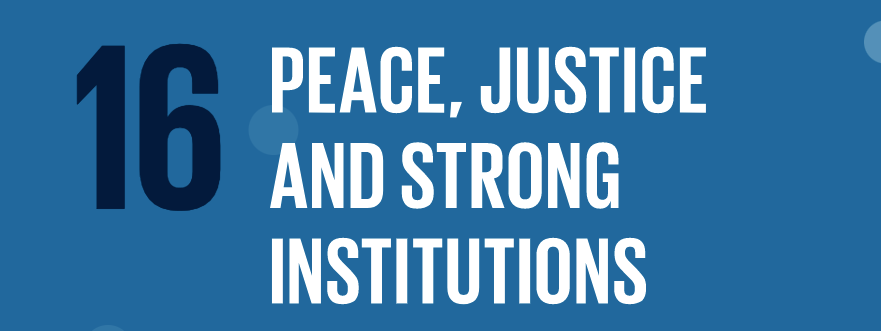
Why is SDG16 relevant for islands?
SDG16 is crucial to the diverse island regions as they experience a multiplicity of emerging challenges. Whilst it is true that, across the globe, island communities generally have low levels of sustained armed violent conflicts, there is a prevalence of interpersonal violence, especially against women, children, and marginalized members of the population. This issue is compounded by the threats of urbanization, increased population size, migration, forced displacement, water resource issues, agricultural production decline, inequality, and exclusion.
“Threats to stability and peace impedes economic growth and can create grievances, which last for generations, impacting affected countries long after the violence has ended. The inclusion of SDG16 reflects the fact that conflict and instability are significant impediments and can undermine previous development gains. Studies have shown that half of all countries that experienced a civil conflict since 1945 have relapsed into conflict. This highlights that countries with a history of conflict, such as Papua New Guinea and Solomon Islands, need to remain diligent to ensure violent conflict does not flare up again. Furthermore, countries with a history of violent conflict are at greater risk of fragility.” (Extracted from SDG16 IN THE PACIFIC report – The Institute for Economics & Peace).
Issues like persecution, injustice, and abuse are present in societies worldwide. In island communities, the lack of relevant data presents an extra challenge. An extensive data audit has revealed that a mere 47% of the indicators used for measuring SDG16 are either available, partially available, or available through a proxy measure in the Pacific region. This is a major developmental hurdle, as without these statistical parameters, it is difficult to measure and track progress regarding SDG 16.
SDG16 Targets and indicators
For SDG 16, the UN has established 12 Targets and 23 Indicators. Targets define the goals, and Indicators are the measures used to gauge whether these Targets are being reached. Targets cover reducing a wide range of issues related to peace and justice, including violence and related death rates, abuse and exploitation, and corruption.
Challenges for the implementation and review of SDG 16 are broad. They include obtaining financing, engaging all population sectors, reaching those traditionally marginalized or excluded, and the ineffective mechanisms for youth participation in decision-making.
Human Rights – The Foundation of Justice
Human rights form the most foundational aspect of creating a society forged in peace, justice, and strong institutions. These rights were first established as an inherent part of international law in 1948, when the United Nations declared the Universal Declaration of Human Rights (UDHR). This document is regarded as a milestone in the history of human rights, and was created by representatives with widely diverse legal and cultural backgrounds, from all regions of the world. UDHR is widely recognized as forming the inspiration for the ratification of over seventy human rights treaties, which today are permanently applicable at both global and regional levels.
Island territories all over the world are signatories of the UDHR, and the first step to ensuring access to justice is to create an awareness of these rights among island communities. In order to ensure a decent quality of life, it is crucial to defend people’s right to be free of fear from all forms of violence and feel safe as they live their daily lives whatever their ethnicity, faith or sexual orientation.
Often, the isolation and sociological structure of islands create challenges to ensure that justice is fulfilled. For example, there are many of those who live in island territories who experience injustices which tend to be rooted in interpersonal violence and intercommunal violence. Unfortunately, this violence tends to disproportionately affect women, children, and other more vulnerable members of the population. Seeking justice against this violence is often challenging because, especially in small islands, there is a strong correlation between social & economic power and access to justice. Those who are economically vulnerable struggle to seek redress against violence and abuse, and these types of cases tend to go under-reported. Another factor at the heart of under-reporting is the shame and stigmatization experienced by victims. Also, the reporting rate of incidents of domestic violence is low, because this form of assault is unfortunately not regarded as a crime, but a private family matter.
The lack of access is of particular concern to vulnerable groups, including people with disabilities, women, children, and victims of violence in remote and rural areas. The inability to access proper avenues of justice can lead to disillusionment with the justice system, and inefficient use of resources spent on dealing with large problems rather than dealing with and preventing smaller problems at a local level.
Measures to Create a More Inclusive Society in Islands
One of the most fundamental ways to enhance inclusivity and access to justice is to enhance the reach, depth, service delivery and effectiveness of the publicly-appointed lawyers and advocates. There also needs to be specific policies which take into account the challenges of the most vulnerable, and which are geared toward providing adequate support for victims as they navigate the path of defending their rights.
In addition to all of this, policies need to be rooted in adequate data, and resources need to be directed towards collection of this information. An example of a strategy to heighten the efficient collection of data to strengthen the rights of women was seen in the Solomon Islands, where the government has made significant progress on gender inclusion through the development and endorsement of several key policies acknowledging the contribution and the need to fully include women. These include the National Policy to Eliminate Violence Against Women and Girls, the National Policy on the Economic Empowerment of Women and Girls, and the National Gender, Equality, and Women’s Development Policy.
Conclusion
One of the best ways to heighten awareness about the issues surrounding SDG 16 is to attend the 2022 Virtual Island Summit where this, and many other SDGs will be the topics of discussion involving multiple stakeholders and diverse viewpoints.
Click here to register, and we look forward to seeing you at the Summit!

Thaiz Maciel is the Marketing Director at Island Innovation and works towards promoting and facilitating sustainable development in islands around the world. For over ten years, she has been helping entrepreneurs and associations to pursue their dreams through digital strategies and humanized communications. She loves collaborating with people from many nationalities and learning every day from those who are leading the transition to a more sustainable future. She believes in the power of communication and connections to build a better world. When she has some free time, she likes surfing small waves and painting with watercolors.
